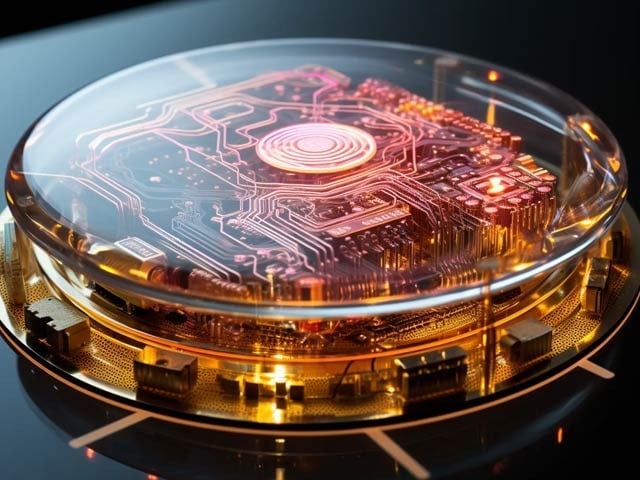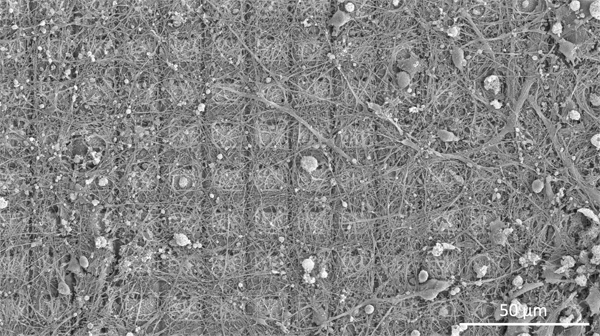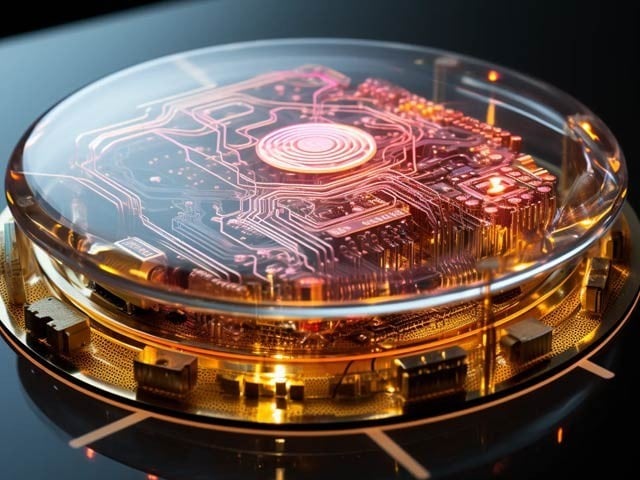
Australian experts put human brain cells on an electronic chip and put it to work. Photo: Courtesy of Midjourney Software, New Atlas website
Brisbane: An Australian university has decided to put human and mouse cells on an electronic chip to make them more powerful. It has received funding from military research institutions.
The project, dubbed the ‘dish brain’, combines human brain cells and electrical circuits and will then be duplicated using artificial intelligence.
Scientists at Monash University have turned the dish brain into a semi-biological computer chip, in which around 800,000 human and rat brain cells are kept alive on electrodes. Earlier this chip has learned to play a computer game called ‘Ping Pong’ in just five minutes.

Dish brain can read nerve cells on one hand and connect electrical signals to them on the other hand. This has led to a game in which, for the first time, human cells and a computer chip have played a joint role. It should be noted that live cells were cultured in a laboratory Petri dish.
Thus, for the first time, human brain cells were made capable of not only sensing the external world, but also of action. After this success, he has been given a research grant of 400,000 dollars in the field of intelligence and security under the Australian military agency.
Adeel Rizvi, head of the program, said that the chip with living cells can be used in important fields such as automation, planning, robotics, pharmaceuticals and brain-computer interface.
(function(d, s, id){
var js, fjs = d.getElementsByTagName(s)[0];
if (d.getElementById(id)) {return;}
js = d.createElement(s); js.id = id;
js.src = “//connect.facebook.net/en_US/sdk.js#xfbml=1&version=v2.3&appId=770767426360150”;
fjs.parentNode.insertBefore(js, fjs);
}(document, ‘script’, ‘facebook-jssdk’));
(function(d, s, id) {
var js, fjs = d.getElementsByTagName(s)[0];
if (d.getElementById(id)) return;
js = d.createElement(s); js.id = id;
js.src = “//connect.facebook.net/en_GB/sdk.js#xfbml=1&version=v2.7”;
fjs.parentNode.insertBefore(js, fjs);
}(document, ‘script’, ‘facebook-jssdk’));



